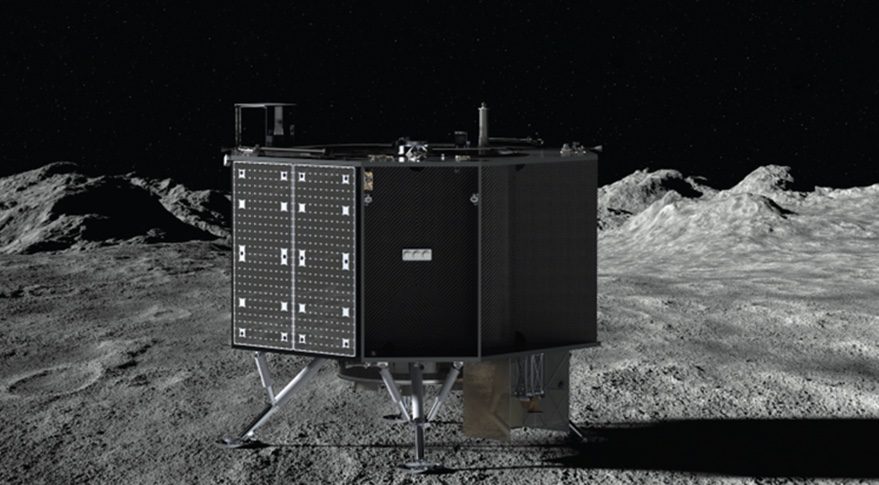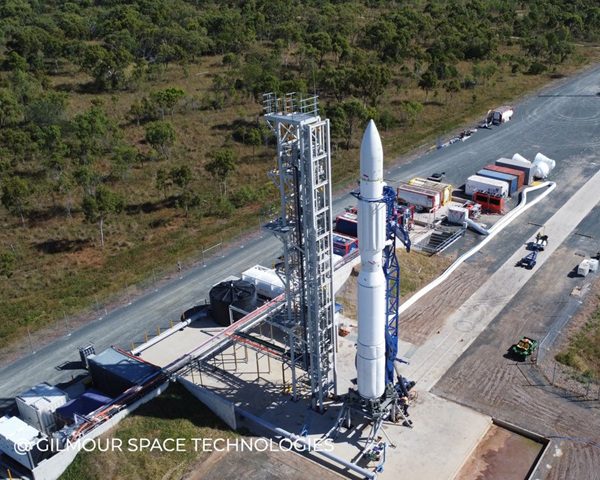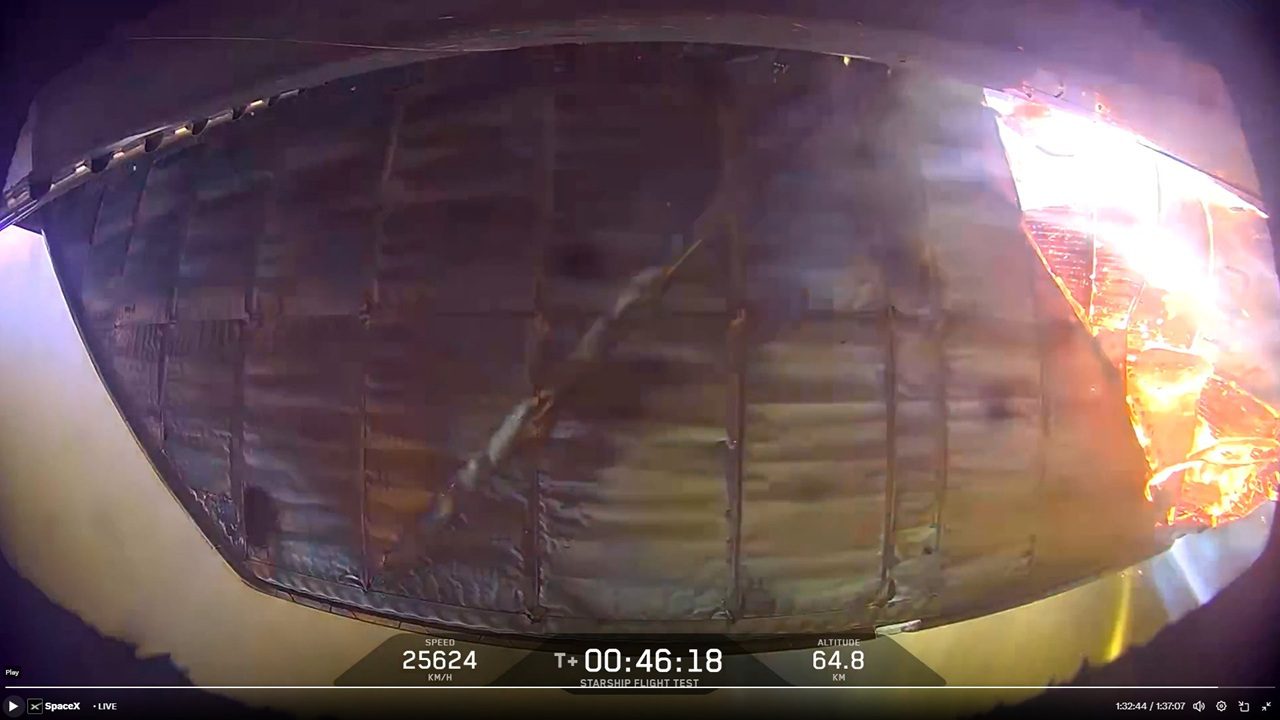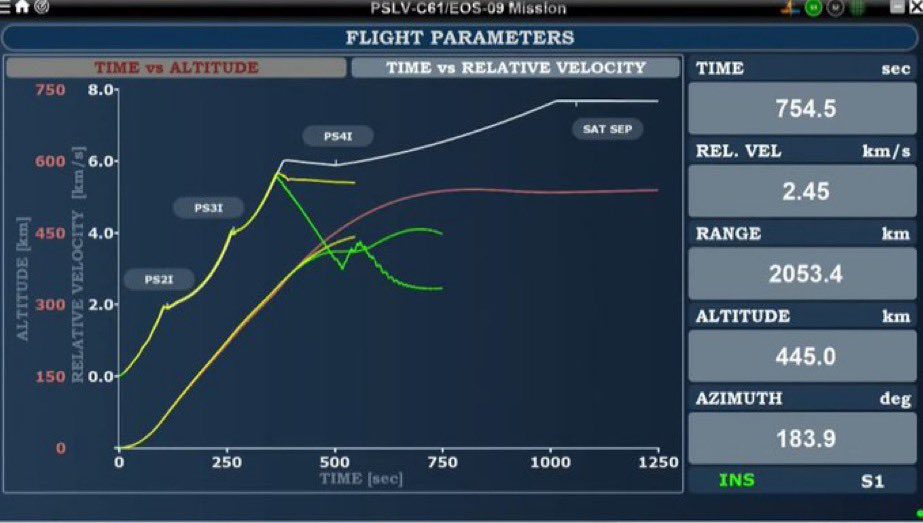A series of small spacecraft and experiment orders were announced in July.
Satellite Vu has ordered the second in its small seven thermal imaging satellite constellation from the Guildford, England-based small satellite manufacturer SSTL using its DarkCarb bus design. With a mass of circa 130 kg the satellites have a reported ground resolution of 3.5 metres.
Northrop Grumman has received a US$22 million contract from the US Space Force to build the first of its ROOSTER (Rapid On-orbit Space technology and Evaluation Ring) programme spacecraft which are based on the ESPAStar ring spacecraft delivery design. The mission, to be launched as a secondary payload in 2026, will be to demonstrate technologies for in-orbit refuelling in geostationary orbit. This contract is a new one. The US Air Force (now Space Force) previously ordered three LDPE spacecraft which also uses the ESPAStar bus design.
A lunar lander dubbed SERIES-2 being built by Draper will carry three science satellites to the Schrodinger Basin near the lunar South Pole on the Far Side of the Moon in 2025, under a US$73 million NASA awarded Commercial Lunar Payload Services (CLPS) contract. The science being investigated includes seismic measurement, regolith thermal and electrical conductivity, and the measurement of solar wind and its effect.








